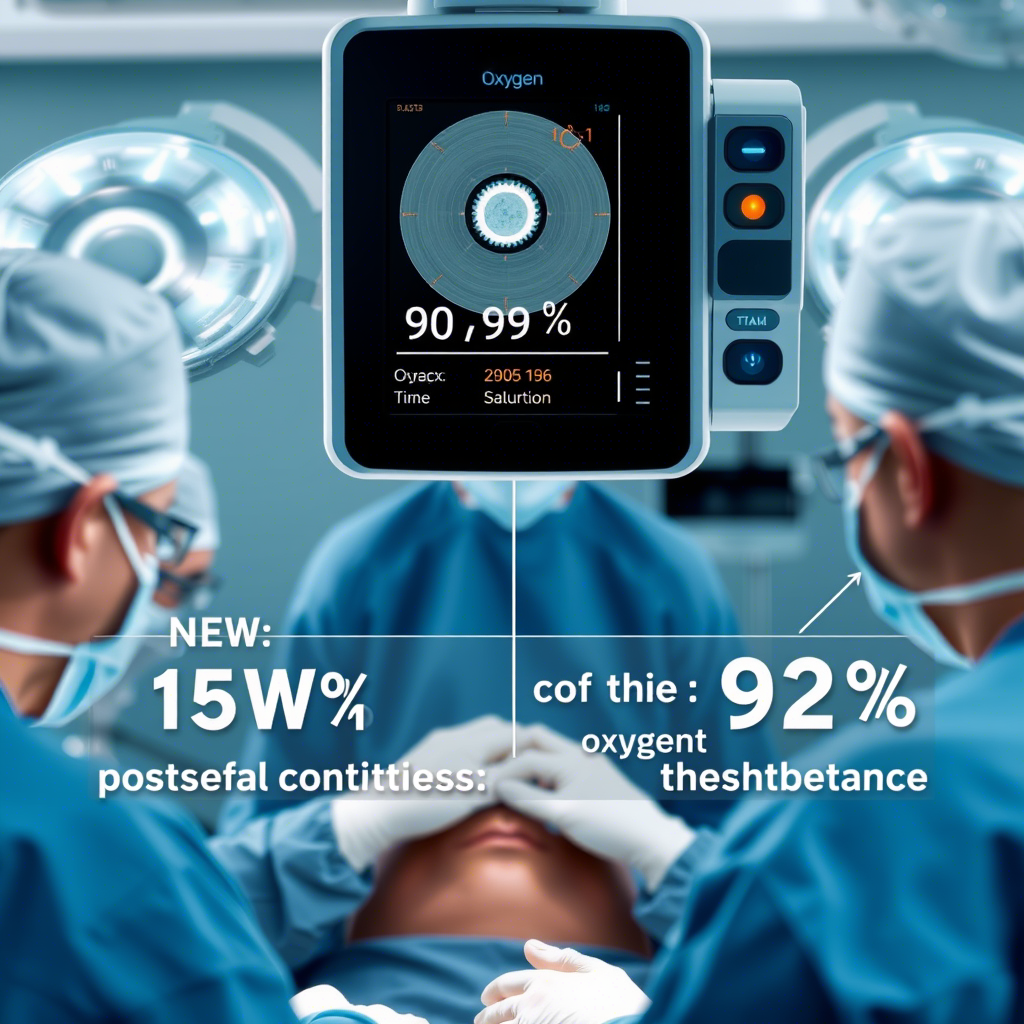The Oxygen Dilemma: Reassessing Perioperative Hypoxia Thresholds in High-Risk Abdominal Surgery
Marco Bellini¹, Lucia Romanó Santos², Fabio Greco³, Xenia Salvetti⁴, Michele Venturi⁵
Keywords:
perioperative hypoxia, abdominal surgery, oxygen threshold, surgical complications, SpO₂ monitoringAbstract
Background: Perioperative hypoxia is commonly managed with standardised oxygenation targets, yet its precise thresholds and long-term impact on postoperative morbidity remain uncertain, especially among high-risk surgical populations. This study reevaluates oxygenation cutoffs to optimise patient outcomes in major abdominal procedures.
Methods: A prospective cohort of 612 patients undergoing elective or emergency abdominal surgery at four university hospitals in Italy was followed from 2021 to 2024. Intraoperative SpO₂ levels stratified patients into three categories: consistently ≥96%, intermittently 90–95%, and sustainedly <90%. Postoperative complications, including acute kidney injury (AKI), wound dehiscence, sepsis, and 30-day readmissions, were tracked. Logistic regression and Cox proportional hazards modelling were applied to determine risk-adjusted outcomes.
Results: Patients in the sustained <90% SpO₂ group had a 2.4-fold higher risk of sepsis (OR = 2.41, 95% CI: 1.62–3.60, p < 0.001) and 38% longer median hospital stay (p = 0.03). Interestingly, even the “mild hypoxia” group (SpO₂ 90–95%) showed increased odds of AKI (OR = 1.78, p = 0.02). ROC analysis identified a revised hypoxia threshold of 92% (AUC = 0.81) for predicting composite morbidity.
Conclusion: The traditional perioperative oxygenation thresholds may underestimate morbidity risks in abdominal surgery. Patients exposed to even modest hypoxia had higher complication rates. Revising intraoperative oxygenation protocols could improve risk prediction and surgical outcomes.
Downloads





